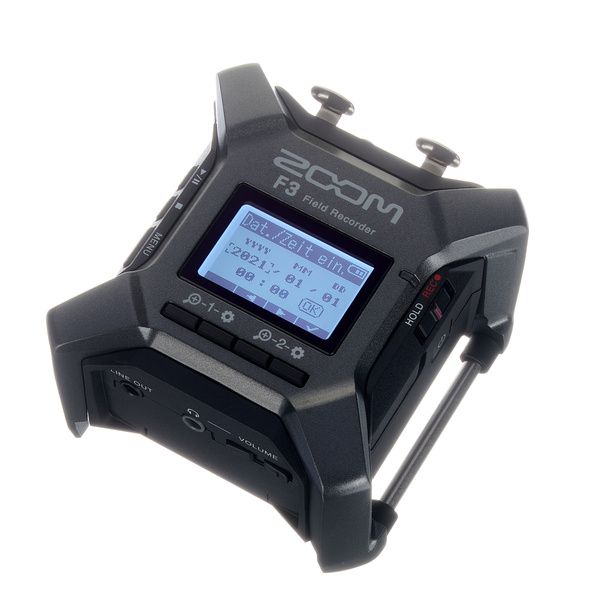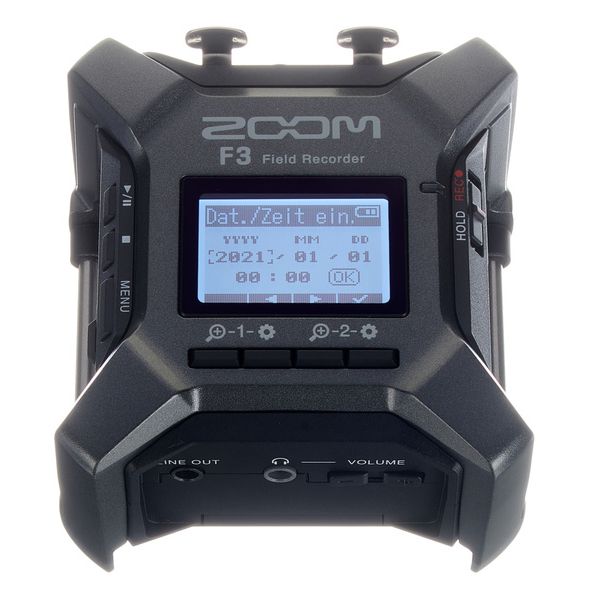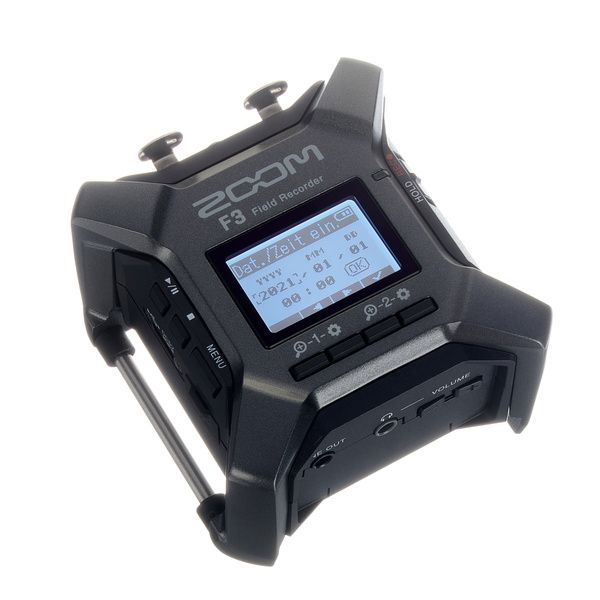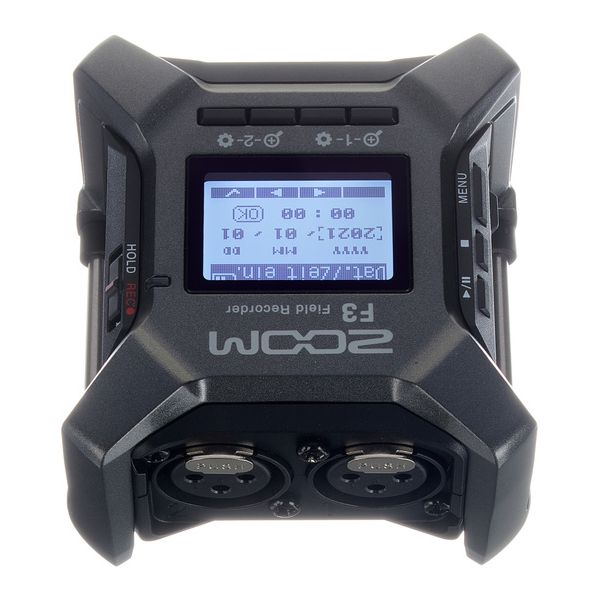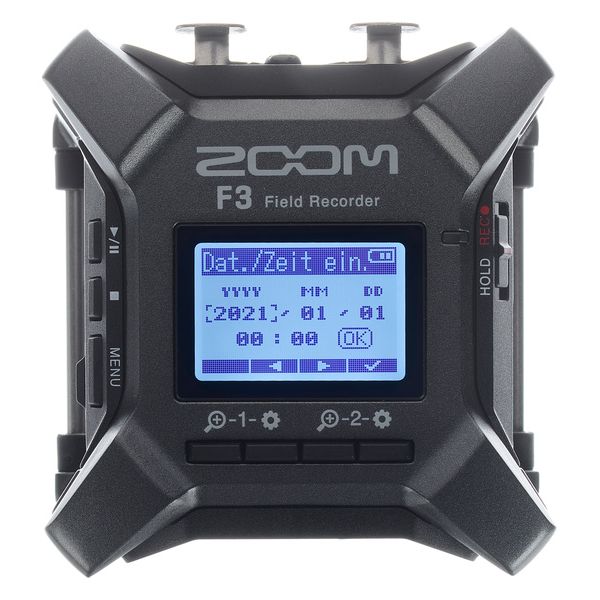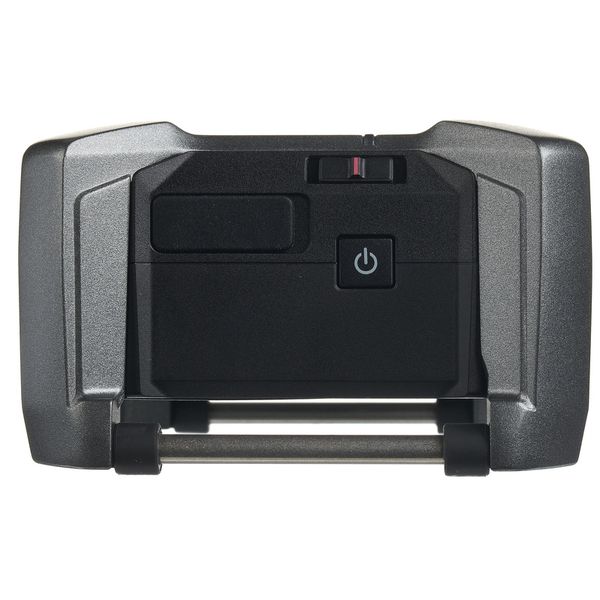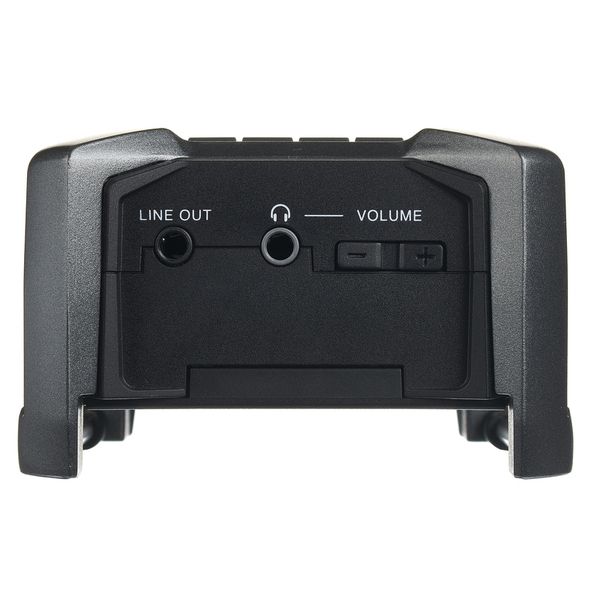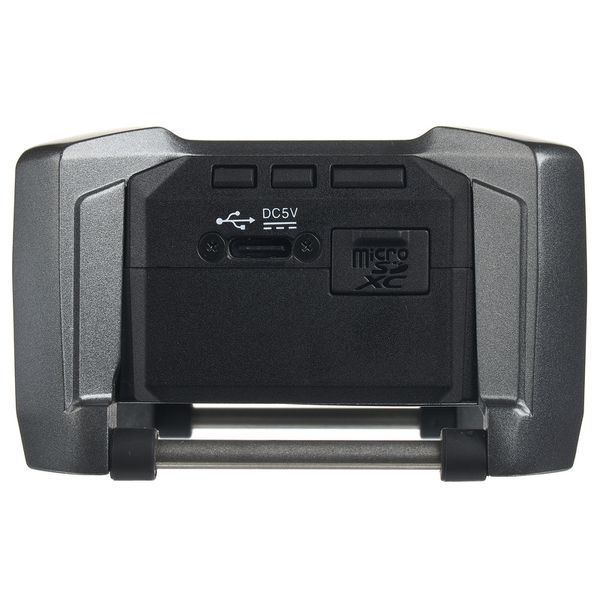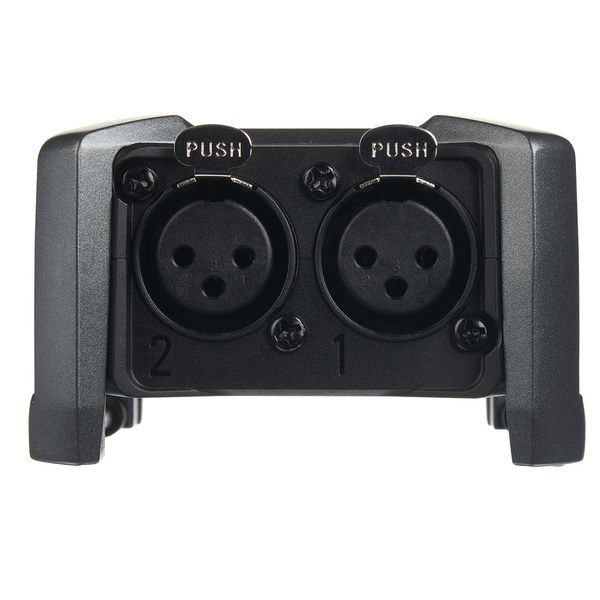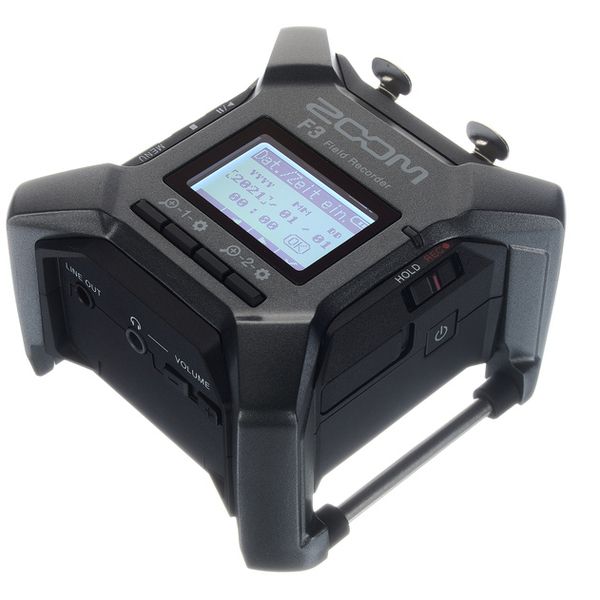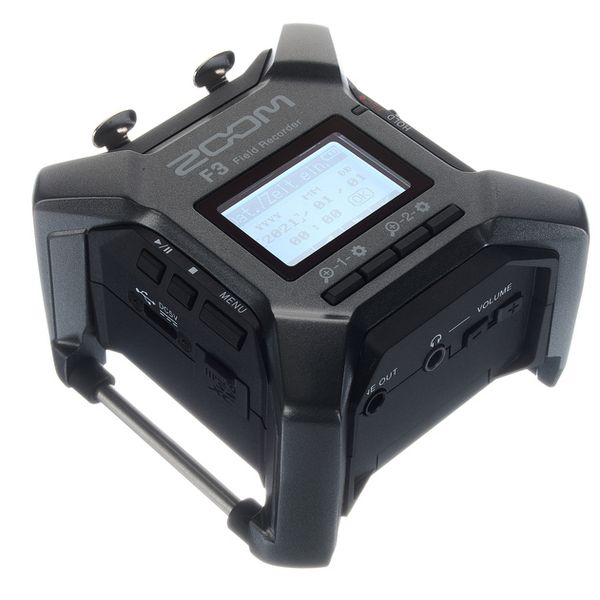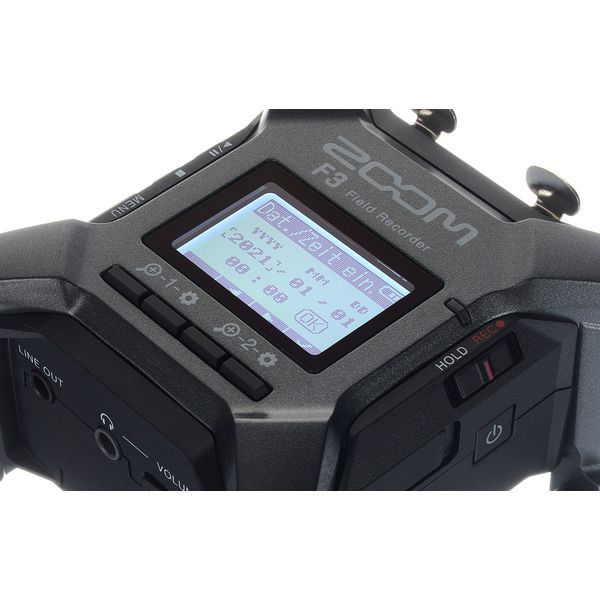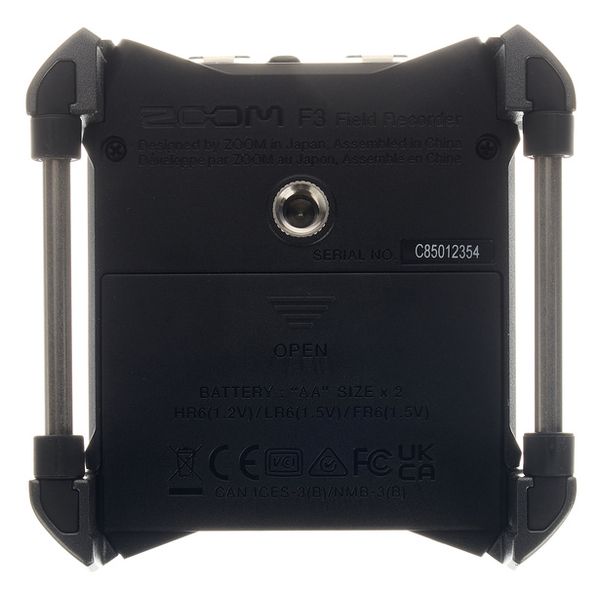I’m a sound artist and field recordist. Recorders and microphones are my main instruments. I own and owned a lot different recorders. The Zoom F3 is my latest addition. I have 3 of them and I used them for now about half a year. Mostly I use them for drop rigs. Sometimes I use them to record a line level from a mixer or as backup of the backup for critical work.
With the new F-series ZOOM has really stepped up their game. I really don’t like the sound and the preamps of the previous H-series. The H-series are noisy, brittle and thin in the high end, and some weird is going on in the transients there. There is none of that in the F-series.
On the contrary the preamps and AD on the F3 are really really good. Quiet, flat and a good transient response. To my ears, they lack the shine and depth of Sound Devices MixPre (the main competitor for pro-sumer field recorders) but the difference is getting so close that it might have something to do with personal taste. Definitely more than adequate for most recording jobs out there.
The F3 is built for drop rigs or for unattended recordings. There are no gain pots, and it will only record in 32bit. So you can’t and don’t need to set the gain. Just press record and let it run, The dual AD design records both very quiet and crazy loud very well, and the 32bit float will cover the whole dynamic range needed. From monstrous thunderclaps to whispers in a desert night.
The Zoom F3 is quite sturdy, basically an aluminum block with recesses for the screen, the connecotrs, buttons and plastic part. The XLR inputs feel sturdy as well, with large and decent latches. The battery compartment is plastic and unfortunately feels a bit flimsy. But it is recessed and protected by the steel rods and the corners of the alumunium block that surround it, so you only need to be careful in opening and closing. In use it will mostly be fine. The buttons feel ok. The recording button is a slider, which can be put to hold, again ideal for non attended recordings. The micro SD slot however is another design flaw. Inserted cards don’t always jump out nicely after being pressed and sometimes get a bit stuck. I had to use my leatherman on occasion to wiggle the SD card out. Based on my experience the F3 can easily be used in unforgiving enviroments. My F3’s got bumped around on long hikes, drops, and life on the road. I used them in the tropics and below freezing. One of them even got quite wet a couple of times (not submerged, just a lot of condensation) after some of my drybags malfunctioned in the Indonesian jungle, but the unit kept on recording, with no noticeable change in sound or battery life.
The menu takes a bit getting used to, but once you get the hang of it, it’s mostly OK. Though keep a copy of the manual around since one normally doesn’t change ones drop rigs settings a lot, you might have forgotten how to change a setting if that blue moon situation ever comes up, and the menu is not always that clear.
The F3 really shines in energy efficiency. It beats my other drop rig recorders easily. I get around 72 hours of non stop recording on two AA and a 20K mAh USB power bank. You can choose between 24V or 48V for phantom power.
The flimsy battery door and finicky micro sd slot can give one pause but are not dealbreakers. But the F3 has one design flaw that really curtails its usefulness. The unit can work with timecode, but is only compatible Atomos UltraSync Blue, (TC over Bluetooth) a system that is not used widely. Which means you can’t sync or jam to TC in most of the existing setups that one might have (from the camera, another recorder or TC generator). Zoom really should have made it possible to jam the F3 over an audio connection, it would have made the use case of the device so much wider.
Zoom has built a lot of nice things in a very small package (it really is smaller than you imagine) at a very attractive price point. The F3 has a great sound and very good battery life. It is ideal for drop rigs, or other unattended recording situations. You can also easily strap it to your body or to other stuff. If you only need 2 channels and don’t need the ins and outs or TC of a more complicated machine, the ZOOM F3 is one of the best options out there.



